It consists of a straight body with straight uprights topped by a horizontal cornice. This crowning, very worked and richly decorated with a splendid medallion of sculptures in relief representing a basket of abundance, filled with roses and grapes surrounded by the two doves of Love.
On each one is represented, the second part of the eighteenth fable of the book I of Jean de La Fontaine located in the first collection of the Fables of La Fontaine, published for the first time in 1668, "The Fox and the Stork", it tells us, the revenge of the Stork, which in its turn invites the Fox to her house. The Stork prepares a delicious meat, but cut in small pieces and put in a vase with a long neck, depriving the Fox of his meal.
It opens on three beautiful shelves and a drawer in perfect condition.
The lock and the key are also original.
Period : End of 18th century - Beginning of 19th century
Dimensions : Height : 230cm x Width : 148cm x Depth : 48cm
It is in the XVIIIth century that the Norman wardrobe takes its characteristic shape, it combines structure and Louis XV repertoire with Louis XVI motifs.
It is at this same time of economic and social stability allowing a certain elevation of the living conditions that it enters the bourgeois and peasant residences.
Today, it still symbolizes in the eyes of all marriage and creation of the new home.
It was brought as a dowry by the bride along with her trousseau.
The sculptures were varied.The profession or the hobby of the father of the bride could inspire them. What message did the father of our future bride want to convey on this magnificent piece?
The Norman wardrobe has both an emotional charge but it also symbolizes family wealth.



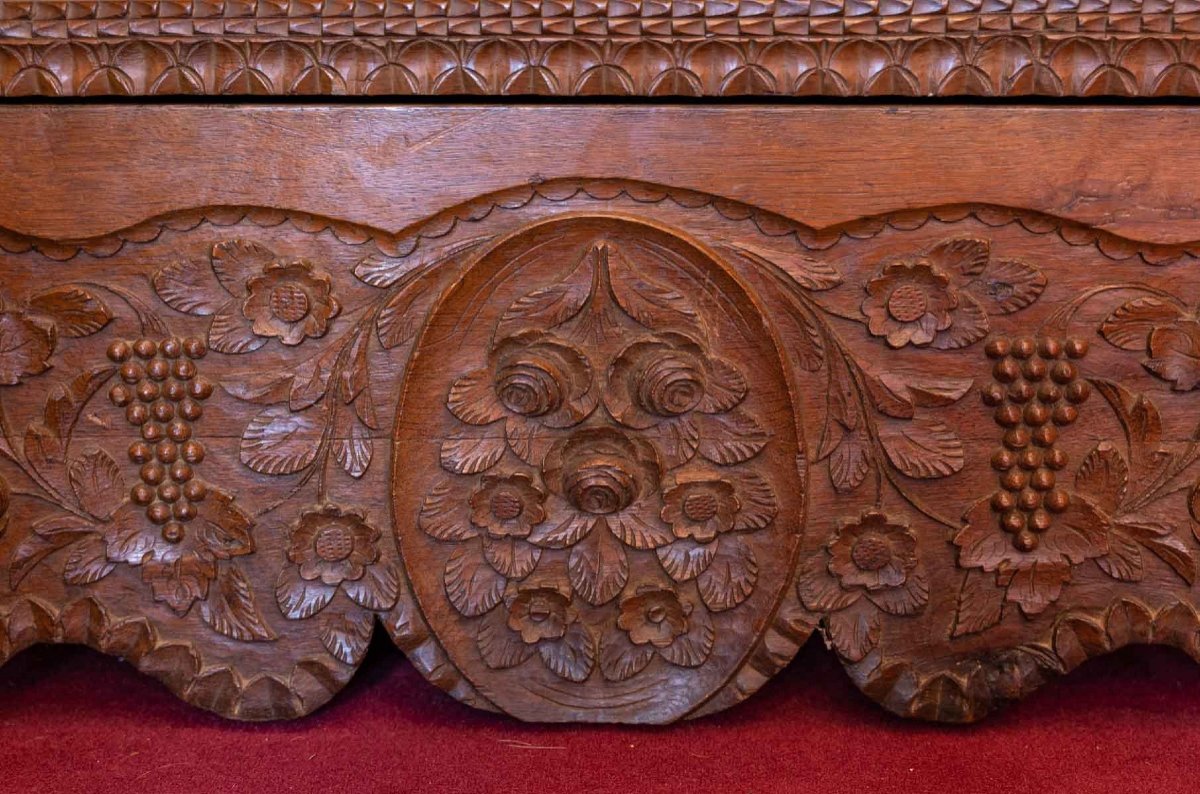

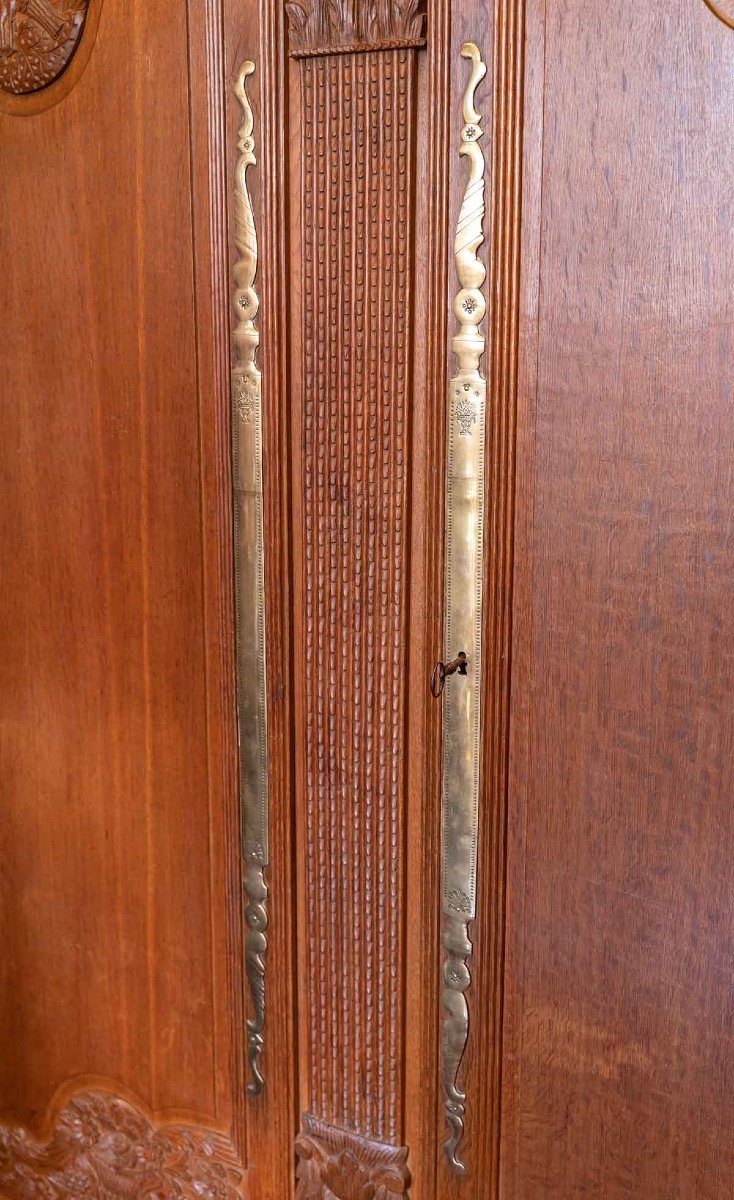


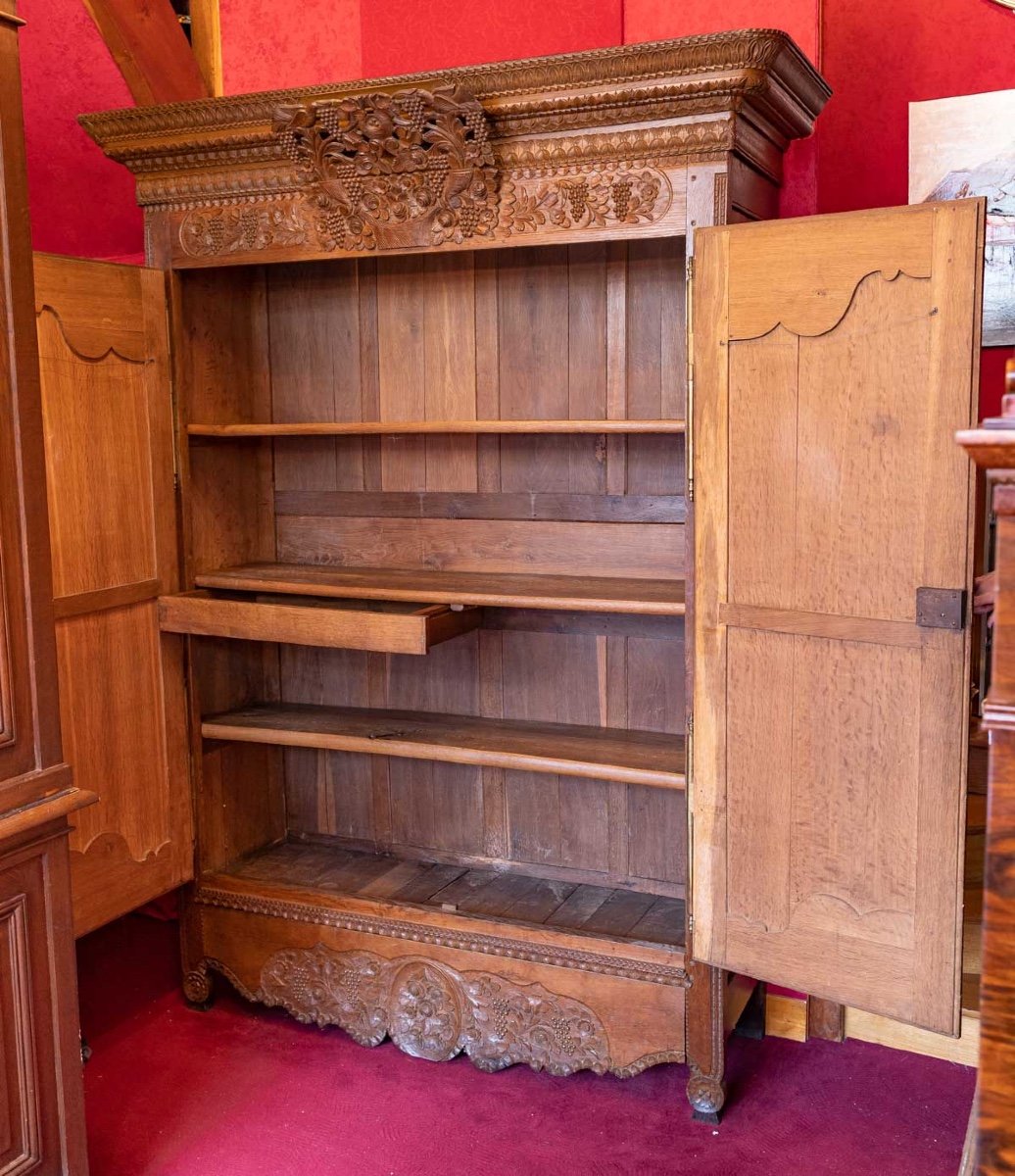

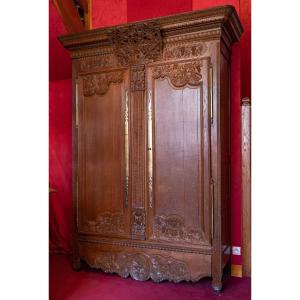








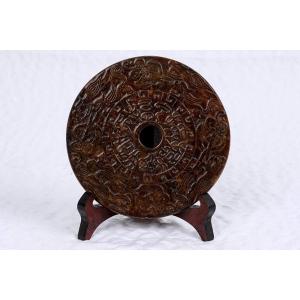
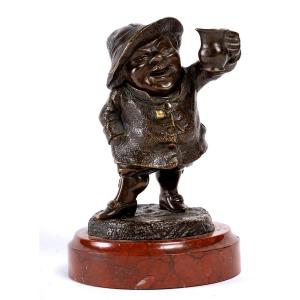

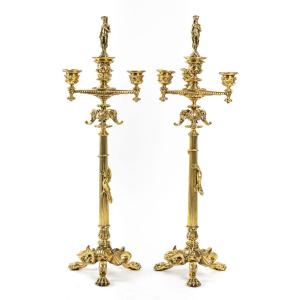
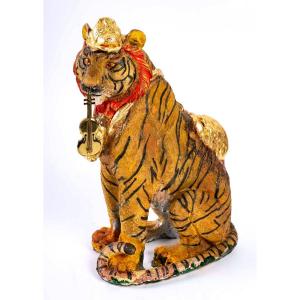

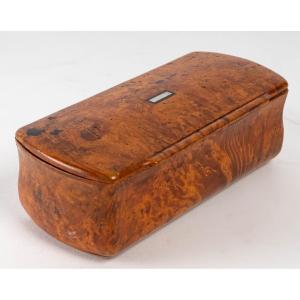

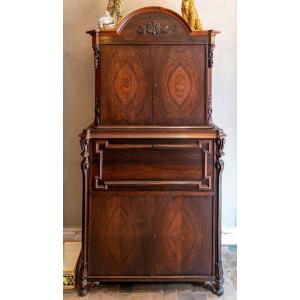

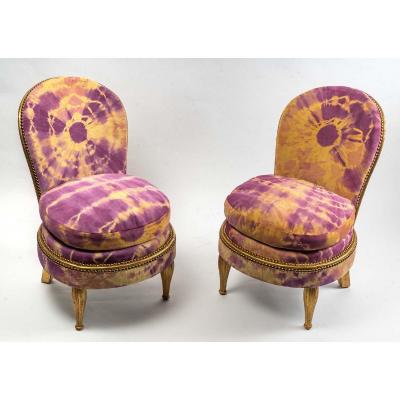

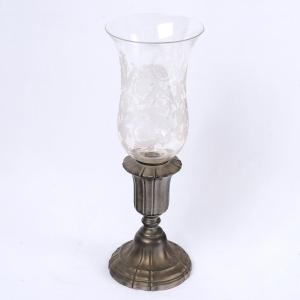

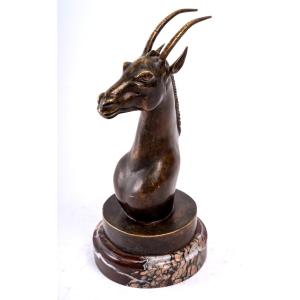


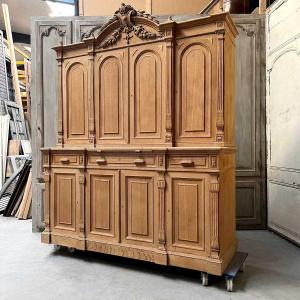





 Le Magazine de PROANTIC
Le Magazine de PROANTIC TRÉSORS Magazine
TRÉSORS Magazine Rivista Artiquariato
Rivista Artiquariato